The Lincoln Electric’s Power Wave S350 is a portable, multi-process machine designed for numerous applications and welding a variety of materials. It’s especially useful when arc performance is crucial.
Pairing the S350 with a wire feeder makes it a highly effective power source for construction, aerospace, fabrication, automotive, and production welding jobs.
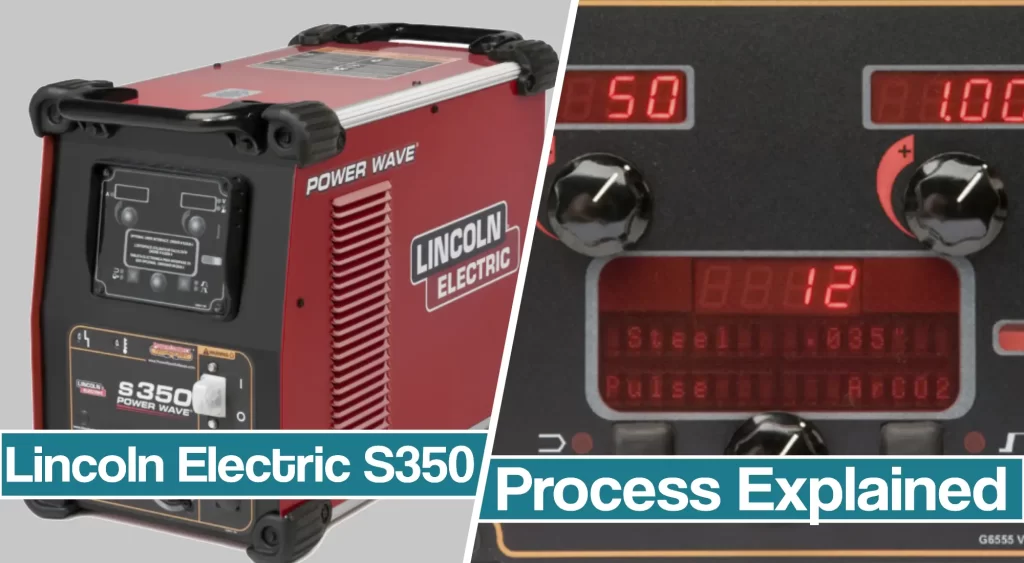
What Influenced The Design Of Power Wave S350
As a rule, the majority of welding fabrication takes place within in the confines of four walls, but welding operators working in sectors like pipeline, petrochemical and construction are now working in more rugged, outdoor settings, for extended periods of time and on higher-grade materials.
The more welders work in fields, the higher the need for welding equipment that delivers quality results in unpredictable, harsh conditions.
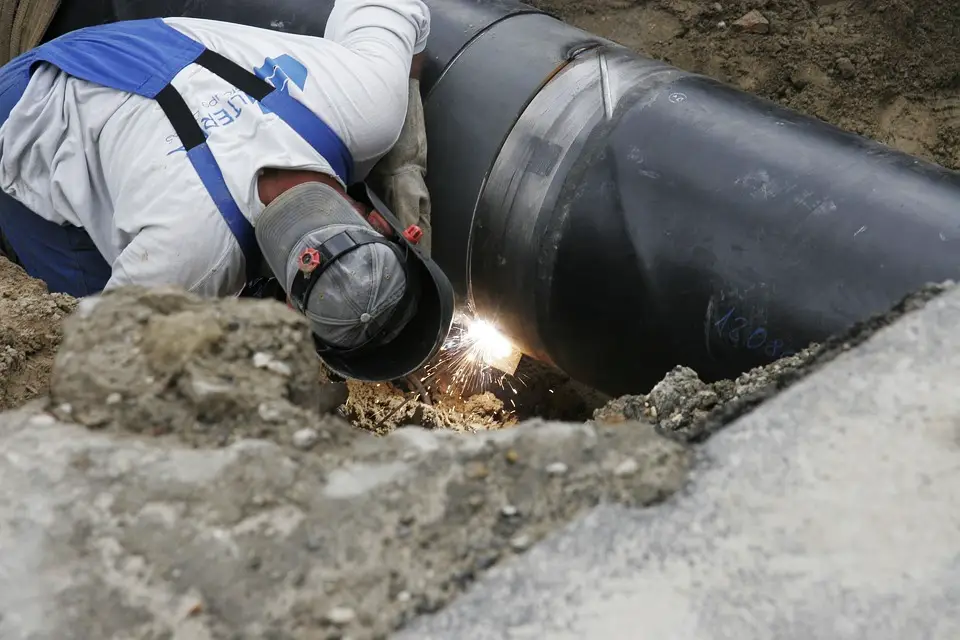
Looking at this growing market segment, Lincoln Electric challenged its development team to work out a new power source that would meet the rigorous demands of field contractors.
Lincoln started engaging customers directly, to capture their daily field experiences accurately, as well as varying job and application demands.
What they found was, as expected, the high need for a multi-process machine delivering stable, smooth arc with consistent performance when used with various input power levels, greater efficiency, and better control over processes and procedures.
Additionally, this “dream” machine every field welder wants, should be housed in a rugged, portable package that is easily transported from job site to jobs site.
As a result, Lincoln Electric’s research and development created their Power Wave S350, which the manufacturer calls “the next generation” in its Power Wave family of products. Lincoln did a very good job with this welder, so their upfront research and analysis of the market’s needs weren’t in vain.
Rugged and Designed For Field Work Of Power Wave S350
The Lincoln Electric S350, a multi-process power source, includes stick, DC TIG, pulsed DC TIG, MIG, pulsed MIG, and flux-cored welding — everything a professional welder needs.
It’s also possible to get the S350 with the Surface Tension Transfer (STT) process add-on module, making it a compact solution for pipe-welding in the field.
This expanded welding process offers benefits to contractors who have expanded their own range of services in recent years, as a way to differentiate themselves from fabricating competitors. The S350 is a solution for contractors working across varying applications, job requirements, and materials.
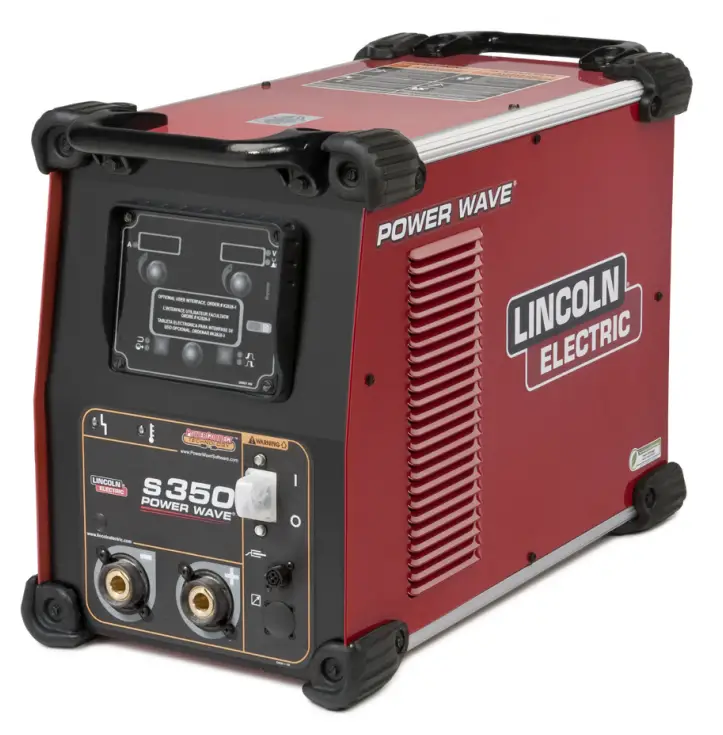
Since the S350 needed to perform continuously under a variety of temperature ranges and weather conditions, Lincoln had to prove the welder’s durability though strenuous testing. As a result, this welder obtained an IP23 rating designation, while many competing welders offer only an IP21 rating.
The Ingress Protection Rating (IP) describes the protection provided by the enclosure. It designates that no object larger than 12.5 mm can enter an opening, that a person’s finger cannot enter the enclosure and touch a hazardous part, and that the enclosure will prevent spraying water from affecting the electrical safety systems inside the machine, while the machine is shut off.
IP21 vs. Lincoln’s IP23
To compare the typical IP21 rating you’ll find with most welders with the IP23 provided by Lincoln, let’s imagine the following scenario: the water test for the IP21 rating mimics a leaky roof, a realistic situation that can happen to any shop.
In the IP23 test, water is sprayed at a 30-degree angle for a minimum of five minutes to simulate driving rain, ensuring the machine is not damaged if it is stored outside or traveling on a truck bed.
To achieve the IP23 rating, Lincoln housed the power electronics in a compact, durable, reinforced case design with protective molded corners, offering additional protection during transportation.
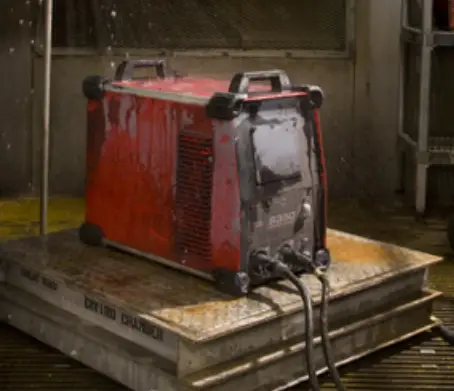
Welding Power of S350
Operators’ power requirements can vary dramatically, so the S350 includes Lincoln’s PowerConnect technology. This technology regulates power input to automatically adjusts the input power from 200 to 600 VAC, 50 to 60 Hz, and single-phase or three-phase.
Since the Lincoln S350 adjusts for different input power levels provided worldwide, it can be plugged in and used immediately without adjusting.
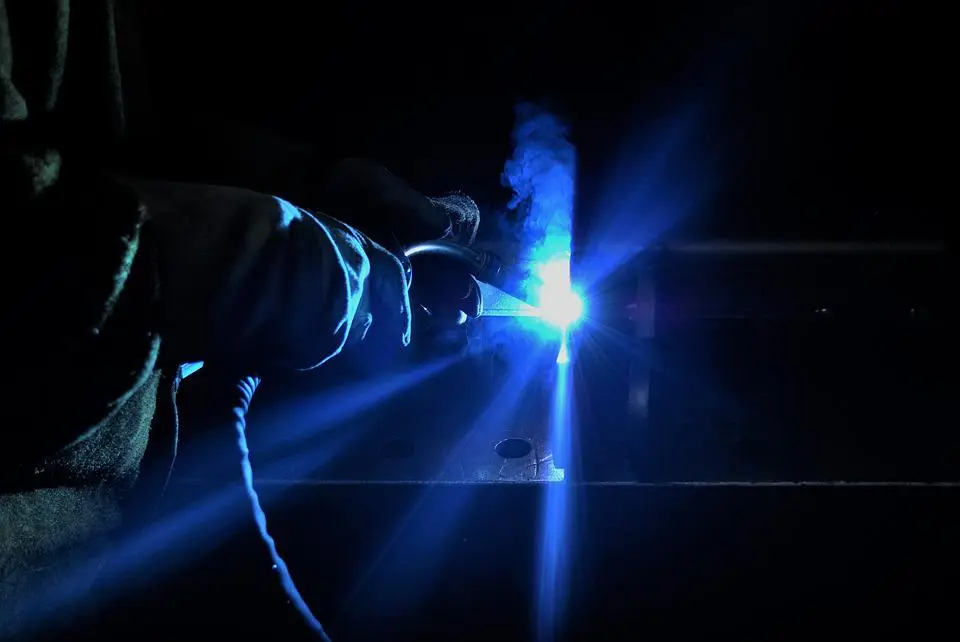
The S350 also features the Tribrid power module, which delivers the industry’s highest output welding speed, equaling 120 kHz, or 120,000 cycles per second. With such a tremendous high output switching speed, arc characteristics can be quickly adjusted by the machine to account for variances.
Since the machine’s response can be quickly adapted to meet operator or fitment changes, measurable advantages are offered by enhancing the welding performance, contributing directly to overall weld quality.
Additinally, your utility company may pay you rebates if you are replacing older technology to new equipment with higher energy efficiency. So, you should check with your power company if they would “subsidise” using the Lincoln S350.
Since the, Power Wave S350 uses a highly efficient inverter power source and maximizes the use of the incoming power from the wall outlet, it often qualifies for these programs and can provide measurable energy savings over the life of the machine.
However, energy savings alone typically are not large enough for most companies to justify purchasing new equipment. The investment and upgrade must deliver other measurable savings, including but not limited to, improved weld quality, the ability to weld faster, and overall improved throughput.
Measurable Performance and Monitoring
A wide range of variables – different field environments, operators, materials, welding processes, and welding styles can all impact the quality of the weld and productivity levels.
So the ability to monitor, track, control and adjust the welding process at all intervals is invaluable for a company.
Like most machines in Lincoln’s Power Wave line, the S350 can be networked and is supplied with the company’s proprietary Production Monitoring™ software as a standard. It provides critical information and data for four different audiences.
For example, the S350 tracks overall shop productivity by providing fabrication and production managers with weld monitoring at the welding machine level.
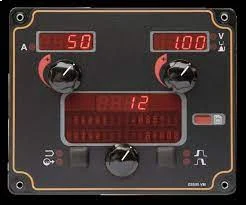
So, by delivering data that can be sorted easily and viewed based on shift, day, week, or month, the Lincoln S350 can drastically impact the work productivity on the shop’s floor.
The Welding engineers and quality control managers (QCM) can view the specifics of each individual weld that was made in everyone’s shift – voltage, current, and speed are all recorded. Additionally, the maintenance crew can see the system records of all faults or errors. Plus, the S350 also reports how much wire is left on the spool or in the drum or box.
Thanks to such input from the machine, welding managers can immediately make adjustments to improve productivity. Plus, sometimes, things are lost in the fabrication scuffle. Not everything is apparent all the time. But, numbers and data don’t lie. So, Lincoln’s technology may just be a wake-up call to some fabricators to see productivity holes that need patching.
Additionally, since this is a new generation power source, you are not limited to hard-wiring the machine to the network within the shop floor. Because the S350’s uses standard Ethernet protocols, wireless networks can also be accessed, allowing field teams to have similar capabilities that were previously not possible.
When Lincoln creates new welding modes or updates the machine’s software, you can update your S350 for free via their website. Plus, it’s straightforward to update everything using the standard Ethernet connection on the S350.
The S350 allows welding shops to strictly control weld processes and procedures thanks to it’s digital abilities. The welding engineer can create the procedure, load it into the Lincoln S350 and the machine can be locked so that the welding operator must weld within a defined set of parameters. This lock-down feature helps ensure weld quality and procedure control with varying operators and shifts.
Conclusion
At the time of Lincoln Electric’s Power Wave S350 release it was an example of the industry’s next generation of welding equipment that directly addressed the demands customers face, in the field and in the shop.
This type of power source provides measurable returns now, and in the future. With the move to digital, software-based, networked machines, welding operators are able to create custom solutions, monitor current activities, and adjust to changing factors like new alloys and base materials.




